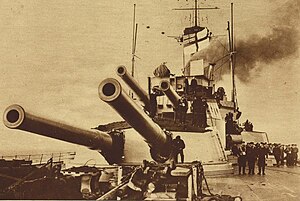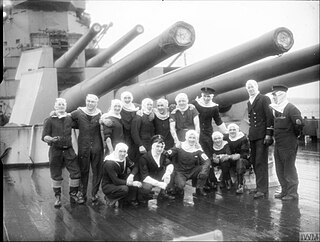
The BL 14-inch Mk VII naval gun was a breech loading (BL) gun designed for the battleships of the Royal Navy in the late 1930s. This gun armed the King George V-class battleships during the Second World War.

The Armstrong Whitworth 12-inch naval gun of 40 calibres length was designed by and manufactured mainly by Armstrong's ordnance branch, Elswick Ordnance Company. It was intended for the Royal Navy's Royal Sovereign-class battleships, but budgetary constraints delayed their introduction. The first units were instead supplied to Japan. As the Type 41 12-inch (305 mm) 40-calibre naval gun it was the standard main battery on several early United Kingdom-built pre-dreadnought battleships of the Imperial Japanese Navy.
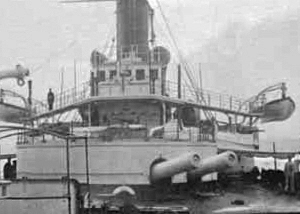
The BL 12 inch naval gun Mk I was a British rifled breech-loading naval gun of the early 1880s intended for the largest warships such as battleships and also coastal defence. It was Britain's first attempt to match the large guns being installed in rival European navies, particularly France, after Britain transitioned from rifled muzzle-loading guns to the modern rifled breech-loaders somewhat later than the European powers. Mks I - VII all had a barrel of approximately 303 inches in length and similar performance.
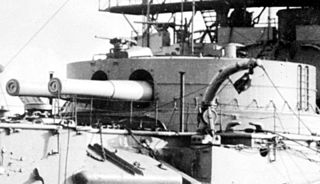
The BL 13.5 inch naval gun Mk I was Britain's first successful large breechloading naval gun, initially designed in the early 1880s and eventually deployed in the late 1880s. Mks I - IV were all of 30 calibres length and of similar construction and performance.

The BL 12-inch Mark VIII naval gun was one of the first large British rifled breech-loading naval guns designed for the higher pressures generated by the new cordite propellant of the 1890s, and Britain's first large wire-wound gun. It represented a major advance compared to previous British guns.

The BL 9.2-inch Mk VIII naval gun was designed for the new cordite propellants and was the first British wire-wound gun of this calibre.
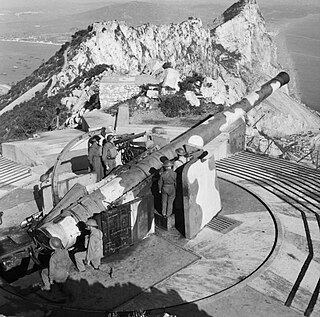
The BL 9.2-inch Mk IX and Mk X guns were British breech loading 9.2-inch (234 mm) guns of 46.7 calibre, in service from 1899 to the 1950s as naval and coast defence guns. They had possibly the longest, most varied and successful service history of any British heavy ordnance.
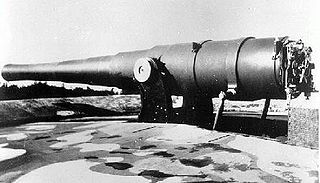
The BL 9.2-inch Mk I–VII guns were a family of early British heavy breechloading naval and coast defence guns in service from 1881 to the end of World War I. They were originally designed to use the old gunpowder propellants.

The BL 6-inch gun Marks II, III, IV and VI were the second and subsequent generations of British 6-inch rifled breechloading naval guns, designed by the Royal Gun Factory in the 1880s following the first 6-inch breechloader, the relatively unsuccessful BL 6-inch 80-pounder gun designed by Elswick Ordnance. They were originally designed to use the old gunpowder propellants but from the mid-1890s onwards were adapted to use the new cordite propellant. They were superseded on new warships by the QF 6-inch gun from 1891.
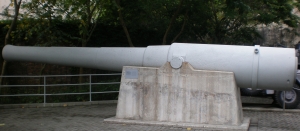
The BL 10 inch guns Mks I, II, III, IV were British rifled breechloading 32-calibre naval and coast defence guns in service from 1885.

The BL 8 inch guns Mark I to Mark VII were the first generations of British rifled breechloaders of medium-heavy calibre. They were initially designed for gunpowder propellants and were of both 25.5 and 30 calibres lengths.

The BL 4-inch gun Mk VII was a British high-velocity naval gun introduced in 1908 as an anti-torpedo boat gun in large ships, and in the main armament of smaller ships. Of the 600 produced, 482 were still available in 1939 for use as coastal artillery and as a defensive weapon on Defensively Equipped Merchant Ships (DEMS) during the Second World War.

The BL 6-inch Mark XI naval gun was a British 50 calibres high-velocity naval gun which was mounted as primary armament on cruisers and secondary armament on pre-dreadnought battleships from 1906 onwards.

The BL 12 inch Gun Mark X was a British 45-calibre naval gun which was mounted as primary armament on battleships and battlecruisers from 1906. It first appeared on HMS Dreadnought.

The BL 6-inch Mark XII naval gun was a British 45 calibre naval gun which was mounted as primary armament on light cruisers and secondary armament on dreadnought battleships commissioned in the period 1914–1926, and remained in service on many warships until the end of World War II.

The BL 9.2-inch Mark XI gun was a British 50 calibre high-velocity naval gun which was mounted as primary armament on armoured cruisers and secondary armament on pre-dreadnought battleships.

The BL 7.5-inch Mk II–Mk V guns were a variety of 50-calibre naval guns used by Britain in World War I. They all had similar performance and fired the same shells.
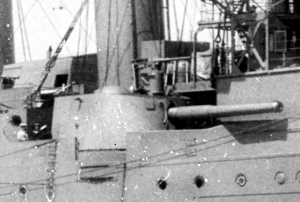
The BL 7.5-inch gun Mk I was a British 45-calibre, medium-velocity, naval gun which entered service with the Royal Navy in 1905.
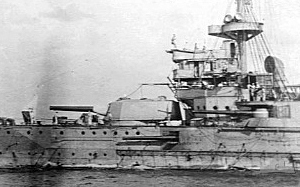
The EOC 10-inch 45 calibre gun were various similar 10-inch naval guns designed and manufactured by Elswick Ordnance Company to equip ships they built and/or armed for several countries before World War I.
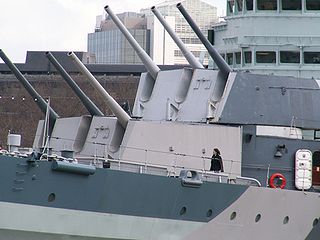
The 50-calibre BL 6-inch gun Mark XXIII was the main battery gun used on the Royal Navy and British Commonwealth's conventional (non-anti-aircraft) light cruisers built from 1930 through the Second World War, and passed into service with several other navies when ships were disposed of after the end of the War.
